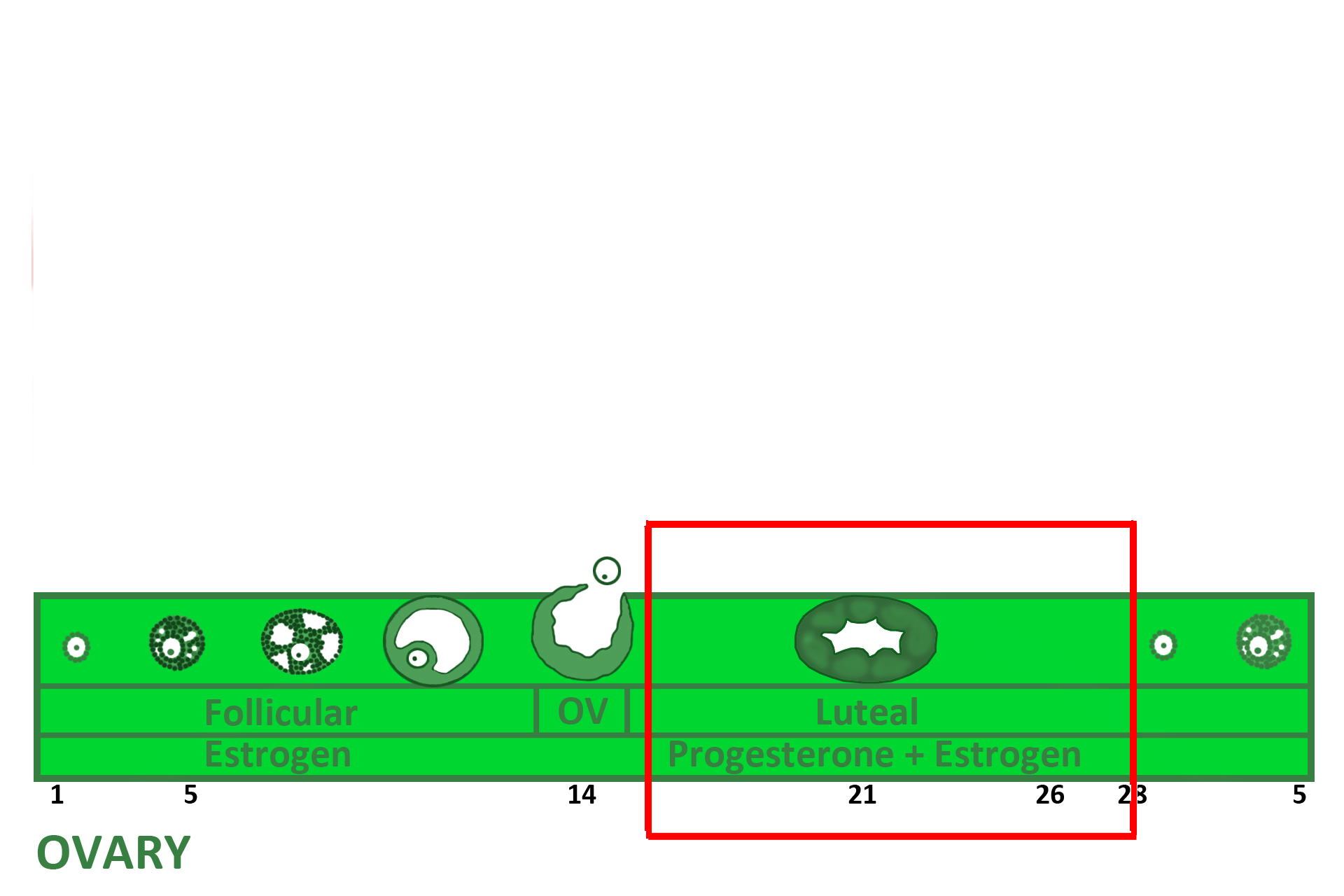
Ovary: corpus luteum
This infolding near the periphery of the corpus luteum demonstrates its two cell types. Both types possess organelles characteristic of all steroid producing cells, such as abundant SER and mitochondria with tubular cristae. The expected vacuolation resulting from the storage of cholesterol precursors is not evident here. 1000x

Theca lutein cells
This infolding near the periphery of the corpus luteum demonstrates its two cell types. Both types possess organelles characteristic of all steroid producing cells, such as abundant SER and mitochondria with tubular cristae. The expected vacuolation resulting from the storage of cholesterol precursors is not evident here. 1000x

Granulosa lutein cells
This infolding near the periphery of the corpus luteum demonstrates its two cell types. Both types possess organelles characteristic of all steroid producing cells, such as abundant SER and mitochondria with tubular cristae. The expected vacuolation resulting from the storage of cholesterol precursors is not evident here. 1000x

Graphic: luteal phase >
The presence of the corpus luteum delimits the luteal phase (days 14-28) of the ovarian cycle. The corpus luteum, formed from the wall of the ovulated Graafian follicle is active for about 12 days (days 14-26), secreting progesterone and estrogen. After day 26 the corpus luteum decreases its production of these hormones.
 PREVIOUS
PREVIOUS